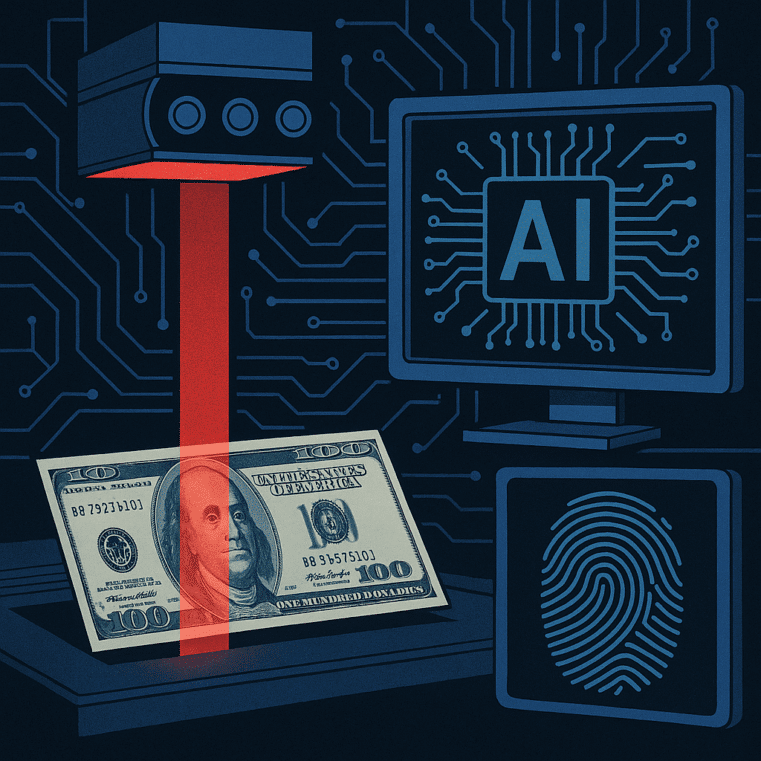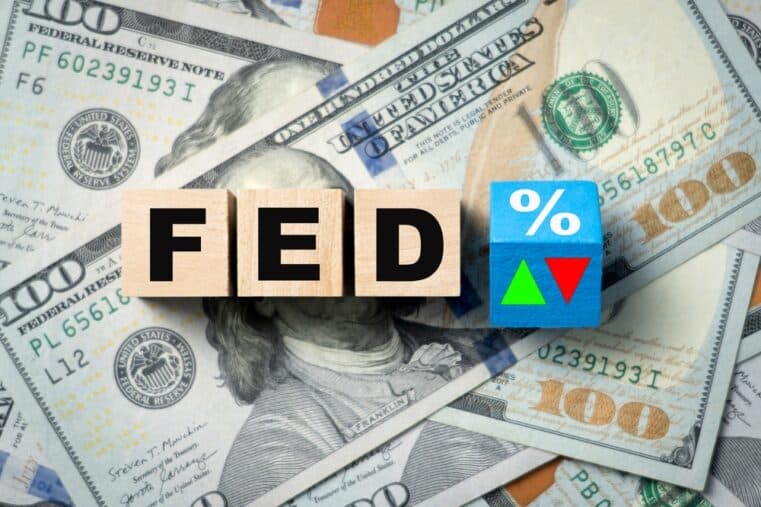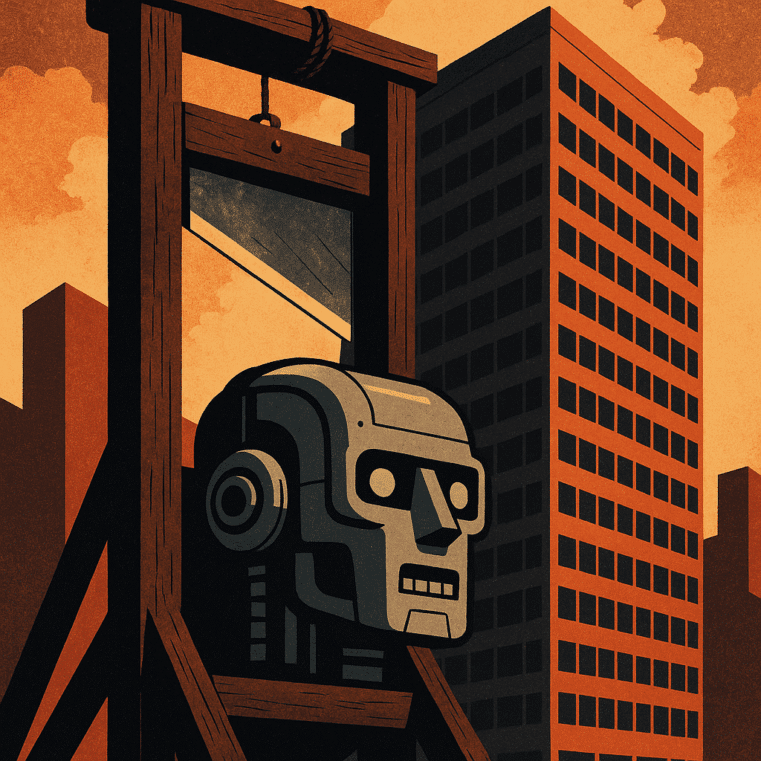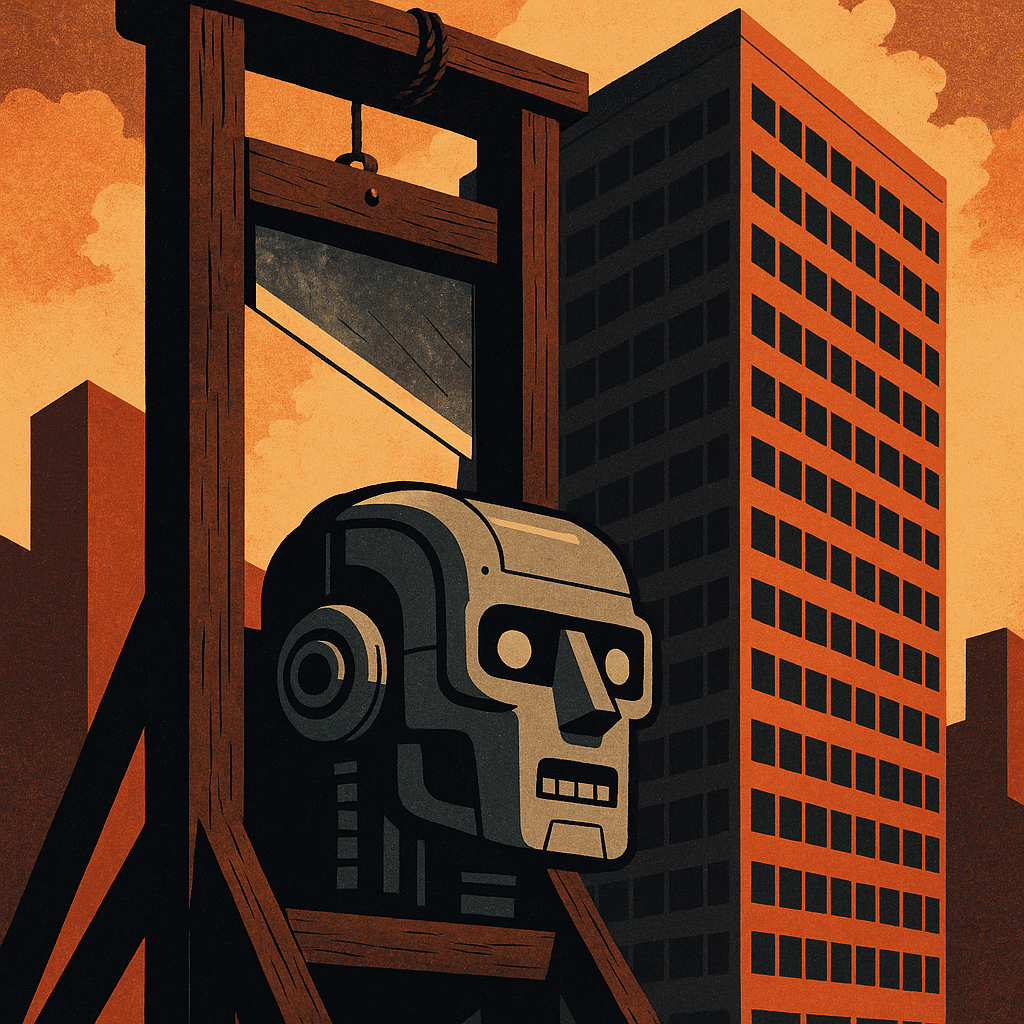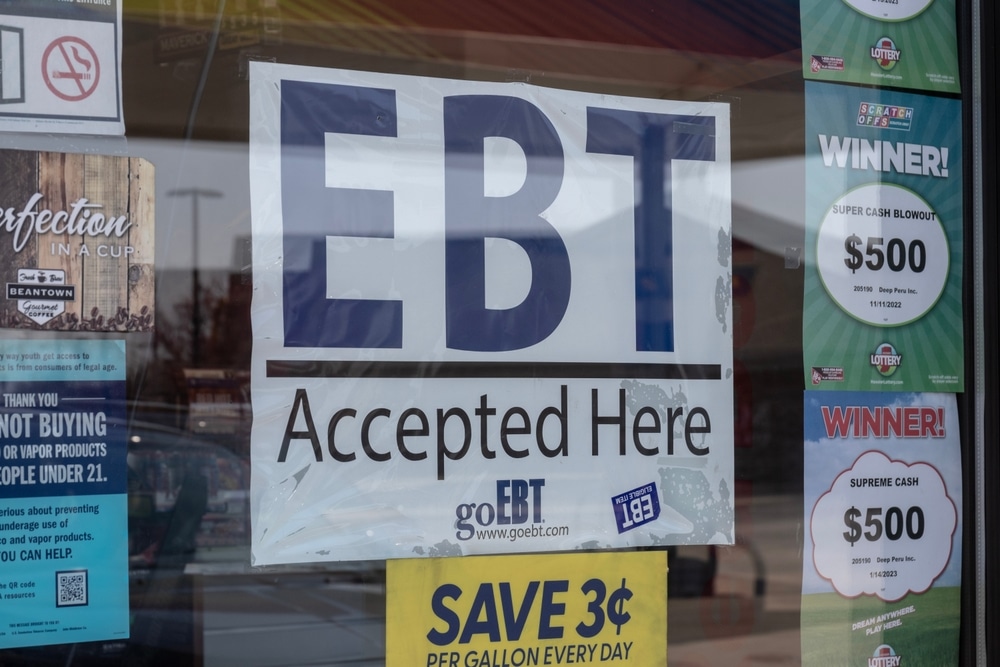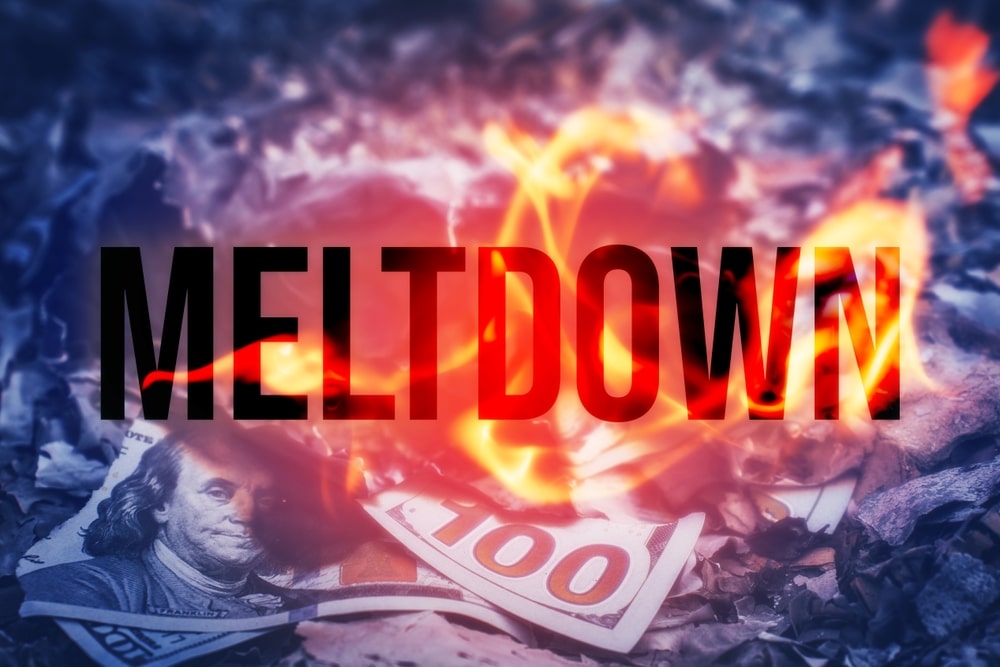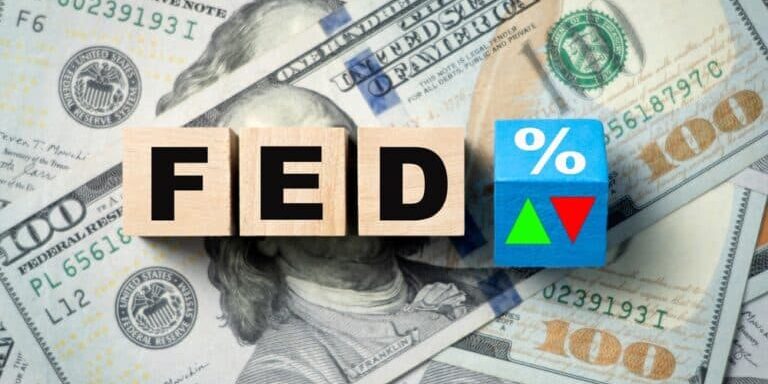
Fed Cuts Rates Again Amid Labor Market Strains and Elevated Inflation: A Measured Response or Early Warning?
What Just Happened
On October 29, the Federal Reserve reduced its benchmark federal funds rate by 25 basis points, bringing the range down to 3.75%–4.00%. This marks the second cut in 2025, following a similar move in September.
Why?
- Labor market is showing signs of softening — hiring has slowed, job openings are down, and the unemployment rate ticked up to 4.3%.
- Inflation, while down from its 2022 peak, remains above the Fed’s 2% target, especially in goods categories affected by tariffs.
- Government shutdowns have delayed key economic data, forcing the Fed to operate with limited visibility.
What Powell Said — And What It Means
Fed Chair Jerome Powell described the rate cuts as “insurance” — not an emergency, but a preemptive adjustment in case the economy continues to cool. In his own words, “When you're driving in the fog, you slow down.” That metaphor was telling: the Fed is acting cautiously because it doesn't have a full picture of the economy.
On the labor market:
- Job creation is slowing, but layoffs remain low.
- The job-finding rate (the percentage of unemployed people landing jobs) is weak — suggesting slack in the employment pipeline.
- While not signaling a recession, Powell acknowledged the labor market is losing momentum.
On inflation:
- Goods inflation has ticked up — largely due to tariffs.
- Service-sector inflation is more stable, with housing showing some disinflation.
- Powell argued that when stripping out tariff effects, inflation might be closer to the Fed’s target — around 2.3–2.4%.
On future rate moves:
- Powell made it clear that more cuts aren’t guaranteed.
- The Fed is data-dependent, and with data delays, it may be more cautious in the December meeting.
Market Reaction and Economic Implications
Following the announcement, market expectations for another rate cut in December dropped from 90% to 55%. That’s a significant shift — investors are interpreting the Fed’s tone as more neutral than dovish.
Key Takeaways for the Economy:
- Short-term borrowing costs will decrease slightly, easing pressure on businesses and consumers.
- The Fed is walking a fine line between supporting job growth and avoiding further inflation pressure.
- Caution is the guiding principle — policymakers aren’t confident enough to cut aggressively, but are worried enough to move incrementally.
What to Watch Moving Forward
- Jobs Data: Once the shutdown ends, watch for updated employment numbers. A sharper slowdown would increase the odds of further rate cuts.
- Inflation Reports: Particularly non-housing services and wage growth metrics.
- Consumer and Business Confidence: Sentiment remains fragile — if it drops significantly, so will spending and hiring.
- Global Economic Trends: Any slowdown abroad (e.g., Europe, China) could weigh on U.S. exports and investment decisions.
Bottom Line
This rate cut is a measured move — not panic, but not confidence either. The Fed is trying to thread the needle between supporting an economy that’s showing signs of fatigue and avoiding stoking further inflation. Whether this proves to be prudent risk management or a sign of deeper problems will depend on what the next few months reveal.




